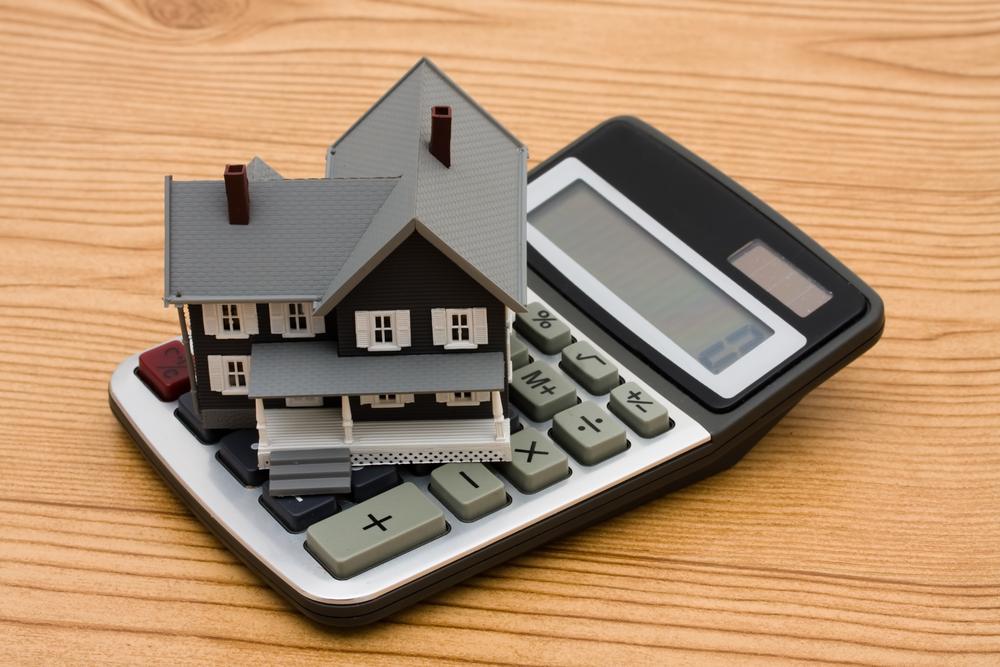
Understanding the Features of a Reverse Mortgage
A reverse mortgage is a loan that is designed for homeowners who are 62 years and above. This mortgage allows converting a part of the debtor’s equity into cash. This type of loan is named so as the lender makes payments to the borrower opposed to a traditional mortgage, where the borrower needs to make a monthly payment to lenders. The borrower in this type of mortgage is not required to make any monthly payments against the loan as long as they live in the home. However, the debtor must regularly pay the property taxes and homeowners insurance along with any applicable dues for homeowner’s association.
1. Retain proprietorship
In a reverse mortgage, the debtors are allowed to retain the proprietorship rights of their home. The creditors at no point gain this right even when the last surviving member vacates the property permanently.
2. Qualifying for funds
The amount of funds that the debtors are qualified for depends on various factors such as rate of interest, the age of the debtor or the age of the youngest spouse in case of couples, upfront costs, and the value of the home. The older the debtor is, the higher the proceeds they are likely to receive for this type of mortgage.
3. Accessing funds
In a reverse mortgage, the amount of funds that a debtor can access during the first 12 months after closing is limited. Generally, they can access about 60% of the loan, though there are exceptions to this rule. On the 13th month, debtors can get access to as much or as little of the remaining proceedings as they prefer.
4. Assessing debtor’s finances
In this type of mortgage, creditors or lenders are required to assess every debtor in terms of finance to ensure that the latter can afford to reside in their home and pay the future property taxes as well as the homeowners insurance throughout the loan period. They check all the sources of income of the debtors including their investments, Social Security, and pension. The borrower should also provide documents related to the tax returns as well as their bank statements as proof of their income and expenditure. They are also required to explain any form of applicable credit troubles including late payments. The loan approval from the creditors depends on all these factors.
5. Residual income
The creditor deducts the taxes, debt obligations, insurance, and other living expenses from the debtors’ earnings and assets in a reverse mortgage. The amount that is left at the end of every month after the deductions is called the residual income. This amount is further compared to the threshold amount set by the government to assess whether the debtors have enough residual income for their mortgage application to get approved. The threshold amount varies as per region and size of the family.
6. Accepted or rejected?
In the event of qualifying the financial assessment, the debtors can proceed with the loan and use the funds as per their choice. However, on the other hand, if the creditors find the cash flow of the debtors to be inadequate, the latter’s application might get rejected.
Thus, it could be said that the features of a reverse mortgage, as mentioned above, help the borrowers understand the requisites of getting their mortgage application approved.


